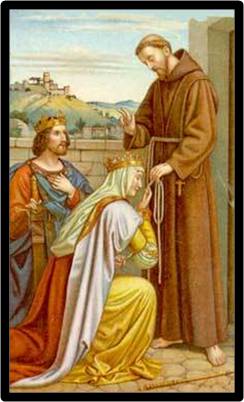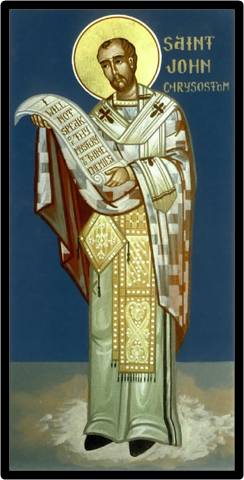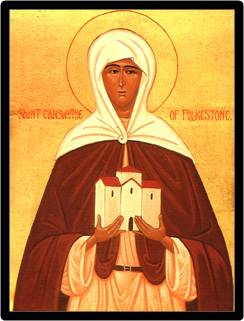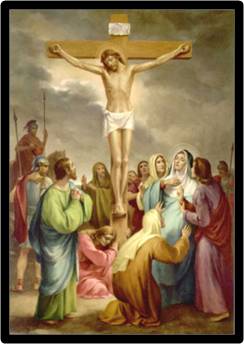SEPTEMBER 11 - BLESSED LOUIS OF THURINGIA

Louis was a German prince who married St. Elizabeth of Hungary when he was twenty-one and she was just fourteen. Their parents had arranged the marriage, as this was the custom.
But they both loved God, and he gave them great love for each other so that they were very happy together. Their joy increased when God gave them their three children. The youngest was Blessed Gertrude.
Louis helped his wife in her many works of charity for the poor. He also joined her in prayer each day. The people often saw their handsome prince and his lovely wife helping the poor.
Once Elizabeth brought a leper into their castle and looked after him in their bed. For a moment, when Louis saw that, he was angry. Then, suddenly, instead of the leper, he saw our crucified Lord lying there. This was proof of how much Jesus loved Elizabeth’s charity. Then Louis built a big hospital for lepers.
One long, bitter cold winter, Louis was called away from his land to deal with some trouble. When he returned, Elizabeth was overjoyed. But the next year when Louis left on a Crusade to free the Holy Land from the Muslims he caught malaria on his way there, and soon was dying.
Because he had always been close to Jesus, the brave ruler was not frightened to die. He received the Last Sacraments and died peacefully in 1227.



